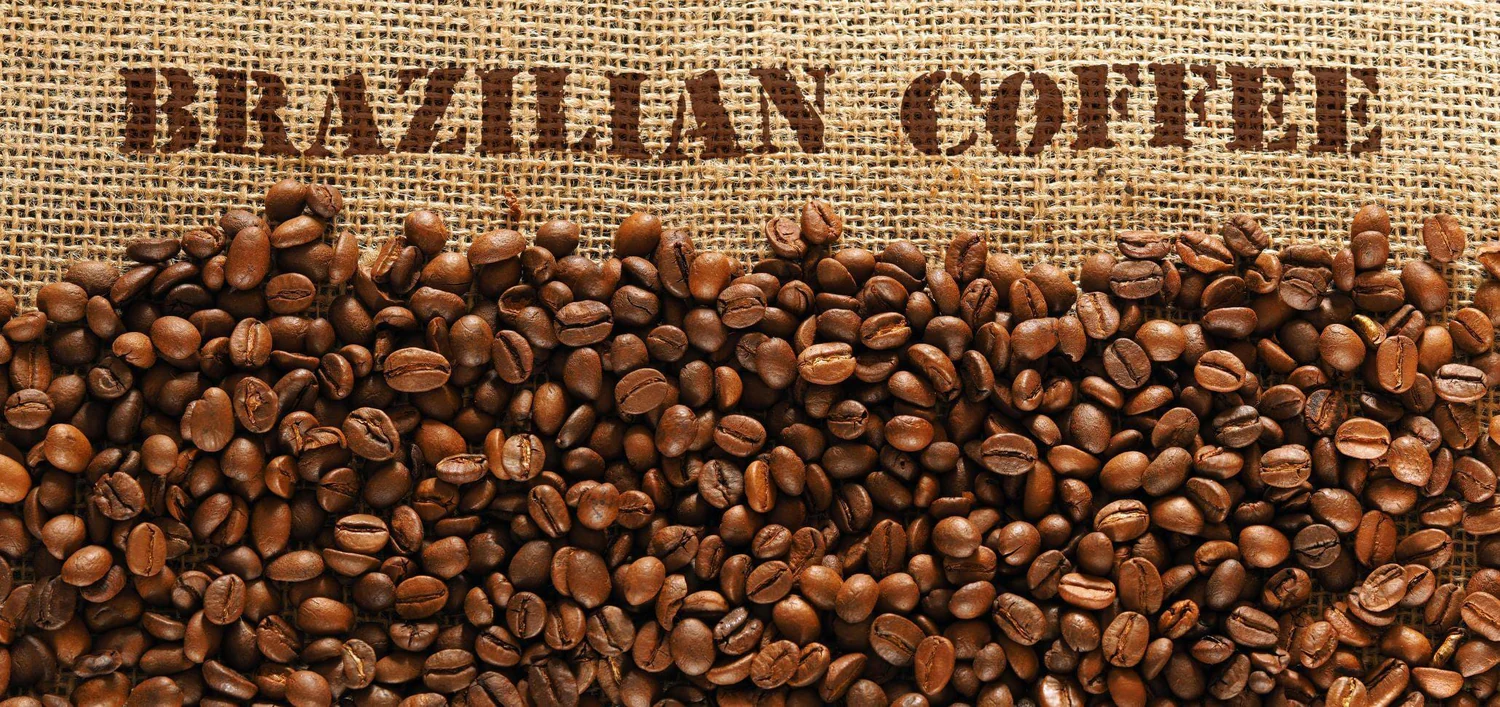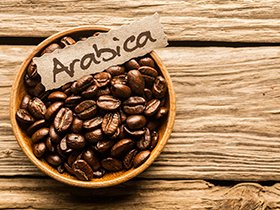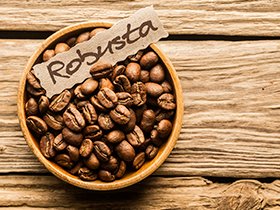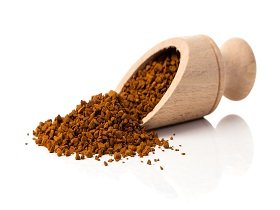Home / Brazilian Coffee

Brazil is the world’s largest coffee producer, offering a diverse range of coffee beans that cater to global preferences. The four primary coffee bean types include Arabica, Robusta, Liberica, and Excelsa, with Arabica and Robusta being the most prominent in Brazil’s coffee industry. Here’s a detailed look at their characteristics:

| Moisture: | 13.0% Max. |
|---|---|
| Admixture: | 1.0% Max. |
| Broken beans: | 5.0% Max. |
| Black beans: | 5.0% Max. |
| Screen 13: | 90% Min. |

| Moisture: | 13.0% Max. |
|---|---|
| Foreign matter: | 0.5% Max. |
| Broken beans: | 5.0% Max. |
| Black beans: | 5.0% Max. |
| Screen 13: | 90% Min. |

| Moisture: | 13.5% Max. |
|---|---|
| Ash Content: | 15% Max. |
| Caffeine Content: | 2.8% Min. |
| Solubility in Boiling Water: | 30s Moderate Stirring |
| Solubility in Cold Water: | 3min Moderate Stirring |
Around 7.7 million tons of coffee beans are produced annually on 10.5 million hectares of more than 50 countries. The majority – about 85% of the world total – is produced in Central and South America. About 85% of the coffee produced is “Arabica.” Of the remainder, 10% is produced in Asia and 5% in Africa.
In these regions, “Robusta” coffee is more common. The largest producer is Brazil, with 2.2 million tons produced in 2.3 million ha. Vietnam, Indonesia and Colombia are the other countries with the highest production, producing between 0.6-1.0 million tons each country in a total of 2.6 million ha.
Brazil is the largest exporter, with 29% of the total exported. Vietnam and Colombia are also major exporters with 16 and 11% of total world exports, respectively.
The Arabica coffee is divided between “Natural of Brazil” and “Soft”, like the “Suave Colombiano”. A smaller percentage (around 20%) of the Arabica coffee from Colombia, Costa Rica and Guatemala is sold as “gourmet”.
Brazilian coffee stands out for its variety and quality, meeting the demands of diverse global markets. From the smooth, delicate Arabica to the robust and intense Robusta, Brazil remains at the forefront of coffee production and exports, delivering exceptional products to consumers worldwide.

Copyright 2024 © All Right Reserved Design by Rometech.